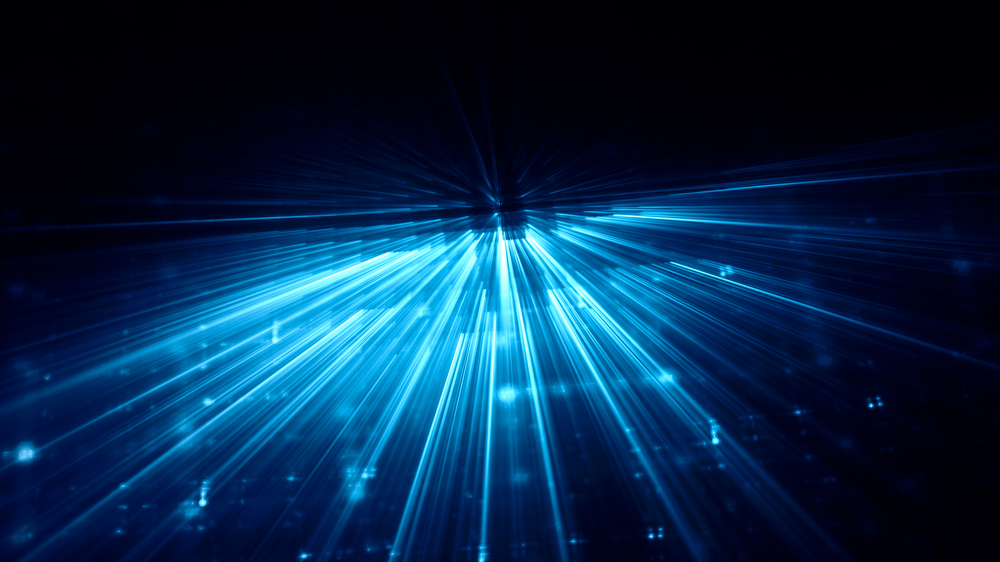
By using light waves instead of electric current to transmit data, photonic chips–circuits for light–have advanced fundamental research in many areas from timekeeping to telecommunications. But for many applications, the narrow beams of light that traverse these circuits must be substantially widened in order to connect with larger, off-chip systems. Wider light beams could boost the speed and sensitivity of medical imaging and diagnostic procedures, security systems that detect trace amounts of toxic or volatile chemicals and devices that depend on the analysis of large groupings of atoms.
Scientists at the National Institute of Standards and Technology (NIST) have now developed a highly efficient converter that enlarges the diameter of a light beam by 400 times. NIST physicist Vladimir Aksyuk and his colleagues, including researchers from the University of Maryland NanoCenter in College Park, Maryland, and Texas Tech University in Lubbock, described their work in the journal Light: Science and Applications.
The slab maintains the narrow width of the light in the vertical (top-to- bottom) dimension, but it provides no such constraints for the lateral, or sideways, dimension. As the gap between the waveguide and the slab is gradually changed, the light in the slab forms a precisely directed beam 400 times wider than the approximately 300 nm diameter of the original beam.
In the second stage of the expansion, which enlarges the vertical dimension of the light, the beam traveling through the slab encounters a diffraction grating. This optical device has periodic rulings or lines, each of which scatters light. The team designed the depth and spacing of the rulings to vary so that the light waves combine, forming a single wide beam directed at nearly a right angle to the chip’s surface.
Importantly, the light remains collimated, or precisely parallel, throughout the two-stage expansion process, so that it stays on target and does not spread out. The area of the collimated beam is now large enough to travel the long distance needed to probe the optical properties of large diffuse groupings of atoms.
Working with a team led by John Kitching of NIST in Boulder, Colorado, the researchers have already used the two-stage converter to successfully analyze the properties of some 100 million gaseous rubidium atoms as they jumped from one energy level to another. That’s an important proof-of-concept because devices based on interactions between light and atomic gasses can measure quantities such as time, length and magnetic fields and have applications in navigation, communications and medicine.
“Atoms move very quickly, and if the beam monitoring them is too small, they move in and out of the beam so fast that it becomes difficult to measure them,” said Kitching. “With large laser beams, the atoms stay in the beam for longer and allow for more precise measurement of the atomic properties,” he added. Such measurements could lead to improved wavelength and time standards.




